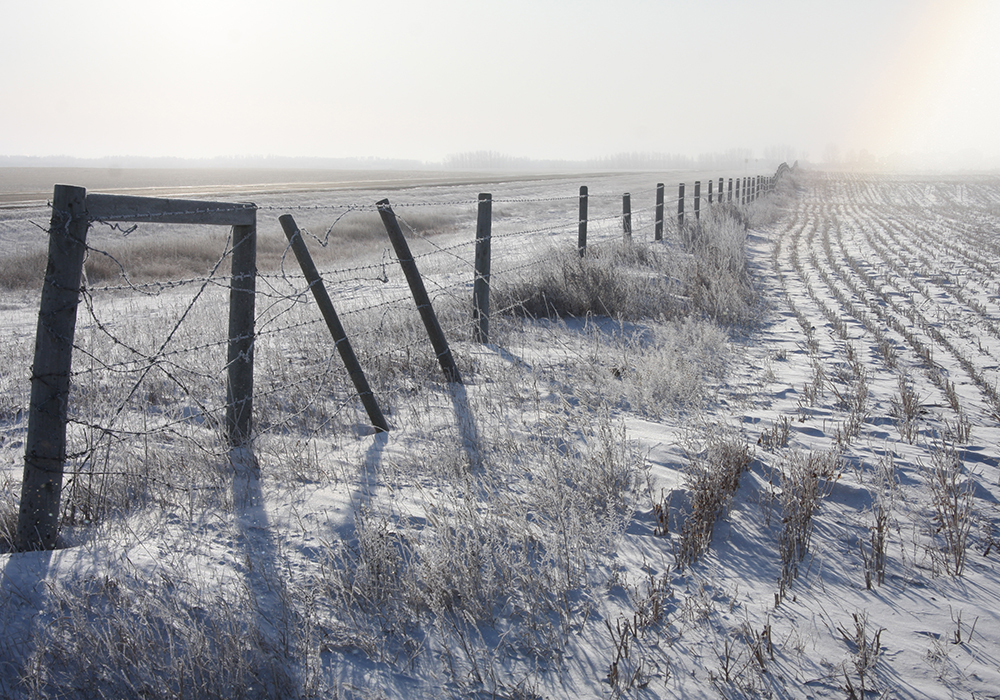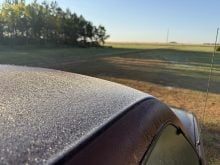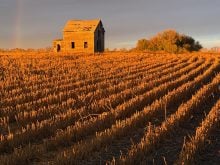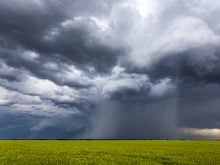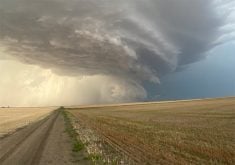If January was an indication of weather for the rest of 2024, it is going to be one wild year!
It started off warm. Then winter showed up in full force, bringing record-breaking cold weather, especially over the western half of the Prairies. Luckily it didn’t last that long as we saw an about-face during the last week with record breaking warmth.
I note how warm it was across the Prairies during the last two days of January. On Jan. 30, there were at least 15 record highs in Manitoba, 23 in Saskatchewan, and more than 60 in Alberta, although there are a lot more reporting stations in Alberta than in Saskatchewan and Manitoba.
Read Also

New program aims to support plant-based exports to Asia
Understanding the preferences of consumers in Taiwan and how they differ from Indonesia or Malaysia isn’t easy for a small company in Saskatchewan.
On Jan. 31, there were at least 20 records broken in both Saskatchewan and Manitoba, and over 50 records broken in Alberta. These are remarkable numbers, and to give us here at Glacier FarmMedia a little pat on the back, we predicted this about a week in advance.
Now to our look back and forward to what the weather models predict over the rest of the winter and early spring. The cold snap and the warm spell were strongest in Alberta. Despite the warm end to the month, the warm spell was not enough to overcome the deep freeze in mid-month. Mean monthly temperatures ranged from about 1.0 C below average in Edmonton to 2.0 C colder than average in Calgary and Peace River. Precipitation was well below average over central and northern regions and the Calgary region had above average amounts.
Across Saskatchewan, temperatures were a little warmer, at least compared to average. This was because the coldest air in the mid-month cold snap was centred over Alberta. Regina and Saskatoon reported mean monthly temperatures between 0.5 and 1.0 C above average. Precipitation was below average with most areas reporting only five millimetres of water equivalent precipitation compared to the long-term average of around 15 mm.
Manitoba was the warm spot in January, at least over central and eastern regions, as these areas escaped most of the brutal cold weather. There were still a few really cold days, but overall, it wasn’t quite as intense as Alberta.
Brandon was the cold spot with a mean monthly temperature about 0.5 C below average. Dauphin was 2 C above average. Winnipeg was the warm spot as lingering cloud cover kept temperatures warmer. The mean monthly temperature for Winnipeg came in at a fairly remarkable 4 C warmer than average. Precipitation across all three regions was well below average.
Now on to the latest three-month outlooks. The always hard to decipher Canadian Farmers Almanac appears to call for colder than average temperatures over the next three months with a dry February and a wet or snowy March and April. The Old Farmer’s Almanac calls for much colder than average temperatures over the next three months and above average precipitation.
NOAA calls for above average temperatures along with near average precipitation. Both the CFS and the CanSIP models call for above average temperatures with eastern regions the warmest. They also call for near average precipitation.
The European (ECMWF) model predicts above average temperatures and near average precipitation.
With the success of the computer models over the last few months, who am I to challenge them? All indications show warm weather will continue. I hope we will see some much-needed precipitation, but I am not holding my breath.
Daniel Bezte is a teacher by profession with a BA in geography, specializing in climatology, from the University of Winnipeg. He operates a computerized weather station near Birds Hill Park, Man. Contact him at dmgbezte@gmail.com.




